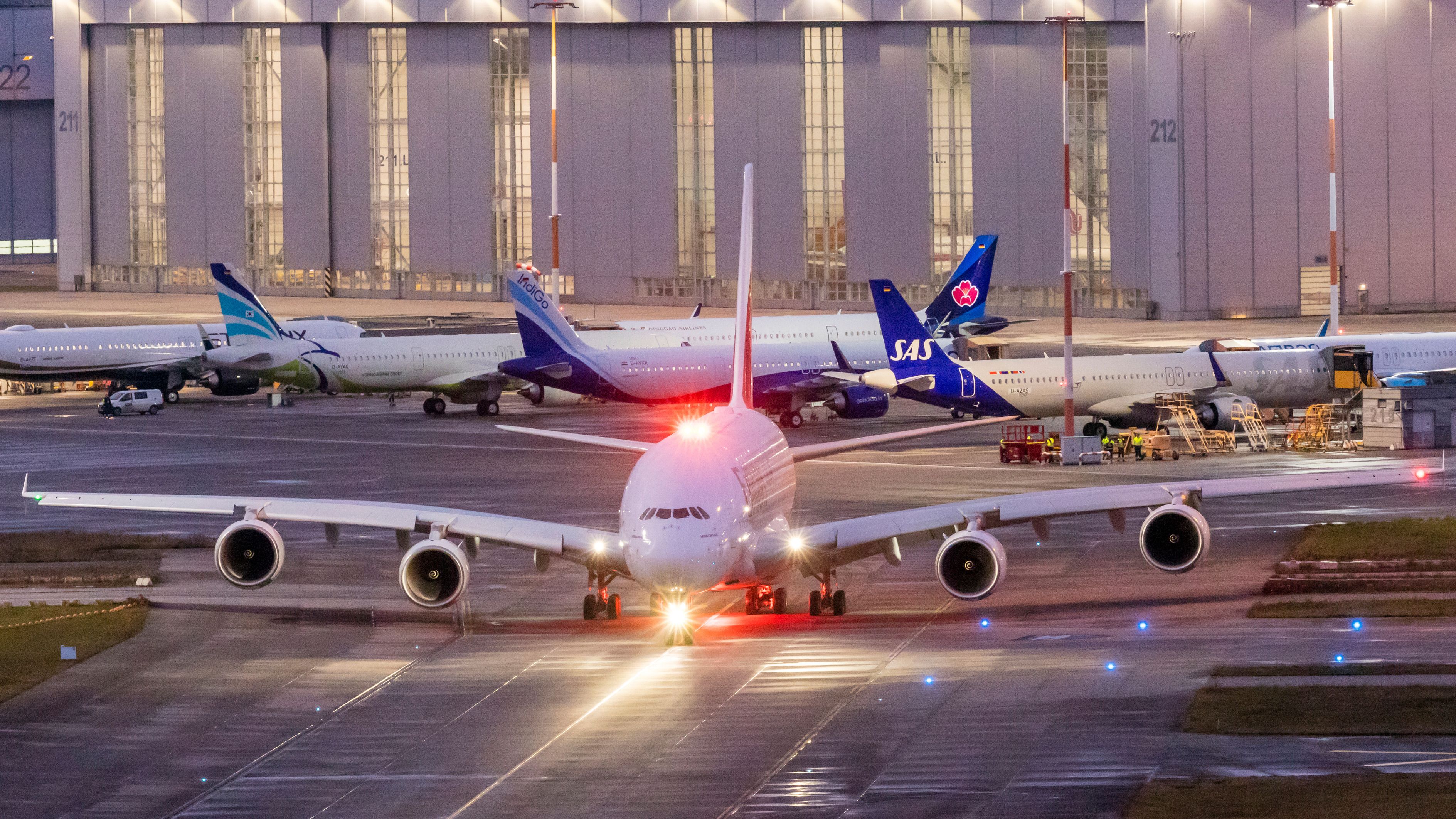The Mystery of Airbus A360 and A370 Designations
In the aviation world, Airbus is a name synonymous with innovation and cutting-edge technology. With a series of successful aircraft that span from the A300 to the A350, the European aerospace giant has a storied past and a promising future. However, amidst its accomplishments, a curious enigma persists: the mystery of the Airbus A360 and A370 designations. Despite the company’s methodical naming conventions, these numbers remain conspicuously absent from its lineup, sparking intrigue and speculation among aviation enthusiasts and industry experts alike.
Unraveling the Airbus A360 and A370 Enigma

The numbering system used by Airbus for its commercial aircraft has typically followed a sequential pattern, starting with the A300, the company’s first twin-engine wide-body jet airliner, and continuing through to the A350. This structured sequence has not only facilitated easy identification but has also mirrored the evolution and technological advancements of each new model. Yet, as Airbus continues to expand its portfolio, the absence of an A360 and A370 remains a perplexing anomaly that has captured the attention of the aviation community.
This puzzle becomes even more intriguing when considering Airbus’s strategic and market-driven approaches to aircraft development. Typically, new aircraft models are born out of a necessity to meet specific market demands or to introduce groundbreaking technologies. The lack of an A360 or A370 designation suggests that there may have been other factors at play—be it market dynamics, technological challenges, or strategic priorities—that led Airbus to bypass these potential models. Such a move is unusual, given the company’s otherwise consistent pattern of innovation and model development.
While Airbus has remained tight-lipped about the precise reasons behind the missing A360 and A370, several theories have emerged. Some speculate that these designations were reserved for projects that never materialized, perhaps due to shifts in market demand or financial viability. Others suggest that Airbus may have chosen to leapfrog these numbers to avoid any negative connotations or associations that might have arisen with their introduction. Regardless of the true reasons, the absence of these designations continues to fuel curiosity and debate, adding an element of mystery to Airbus’s otherwise transparent history.
Secrets Behind Airbus’s Unused Designations

The mystery of the missing A360 and A370 designations also underscores the competitive landscape of the aviation industry. Each new model introduced by Airbus represents a significant investment in terms of research, development, and marketing. The decision to skip over certain numbers could be seen as a strategic move to maintain momentum and focus on models with greater market potential. This approach enables Airbus to concentrate its resources on projects that align more closely with its long-term vision and business objectives.
Furthermore, the aerospace sector is rife with technical and regulatory challenges. Developing a new aircraft model is a complex and resource-intensive process, often taking several years from concept to production. It is plausible that the A360 and A370 designations were initially considered for projects that were deemed either too ambitious or not technologically feasible at the time. As the aviation industry evolves, so too do the capabilities and expectations of aircraft manufacturers, prompting companies like Airbus to continuously reassess their priorities and project pipelines.
Lastly, branding and market perception play critical roles in the success of new aircraft models. The decision to forgo the A360 and A370 designations may have been influenced by considerations related to brand strategy and market impact. In an era where consumer perception and brand loyalty can significantly influence sales, Airbus may have opted to focus on models that better complement its existing lineup and reinforce its reputation as a leader in aerospace innovation. This strategic foresight ensures that Airbus maintains its competitive edge while catering to the ever-changing demands of the global aviation market.
While the true reasons behind Airbus’s decision to exclude the A360 and A370 from its lineup remain shrouded in mystery, the intrigue surrounding these missing designations only adds to the allure of the aviation industry. As Airbus continues to forge new paths in aerospace technology, the story of the A360 and A370 serves as a reminder of the complex interplay between innovation, strategy, and market forces. Whether these designations will ever see the light of day remains uncertain, but the legacy of curiosity they leave behind is undeniably a testament to the dynamic and ever-evolving world of aviation.



